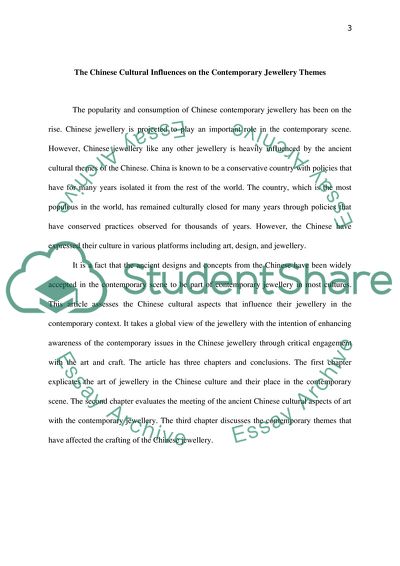Cite this document
(An Analysis of the Chinese Culture Influences on the Contemporary Jewe Term Paper, n.d.)
An Analysis of the Chinese Culture Influences on the Contemporary Jewe Term Paper. Retrieved from https://studentshare.org/culture/2088262-any-topic-writers-choice
An Analysis of the Chinese Culture Influences on the Contemporary Jewe Term Paper. Retrieved from https://studentshare.org/culture/2088262-any-topic-writers-choice
(An Analysis of the Chinese Culture Influences on the Contemporary Jewe Term Paper)
An Analysis of the Chinese Culture Influences on the Contemporary Jewe Term Paper. https://studentshare.org/culture/2088262-any-topic-writers-choice.
An Analysis of the Chinese Culture Influences on the Contemporary Jewe Term Paper. https://studentshare.org/culture/2088262-any-topic-writers-choice.
“An Analysis of the Chinese Culture Influences on the Contemporary Jewe Term Paper”. https://studentshare.org/culture/2088262-any-topic-writers-choice.


